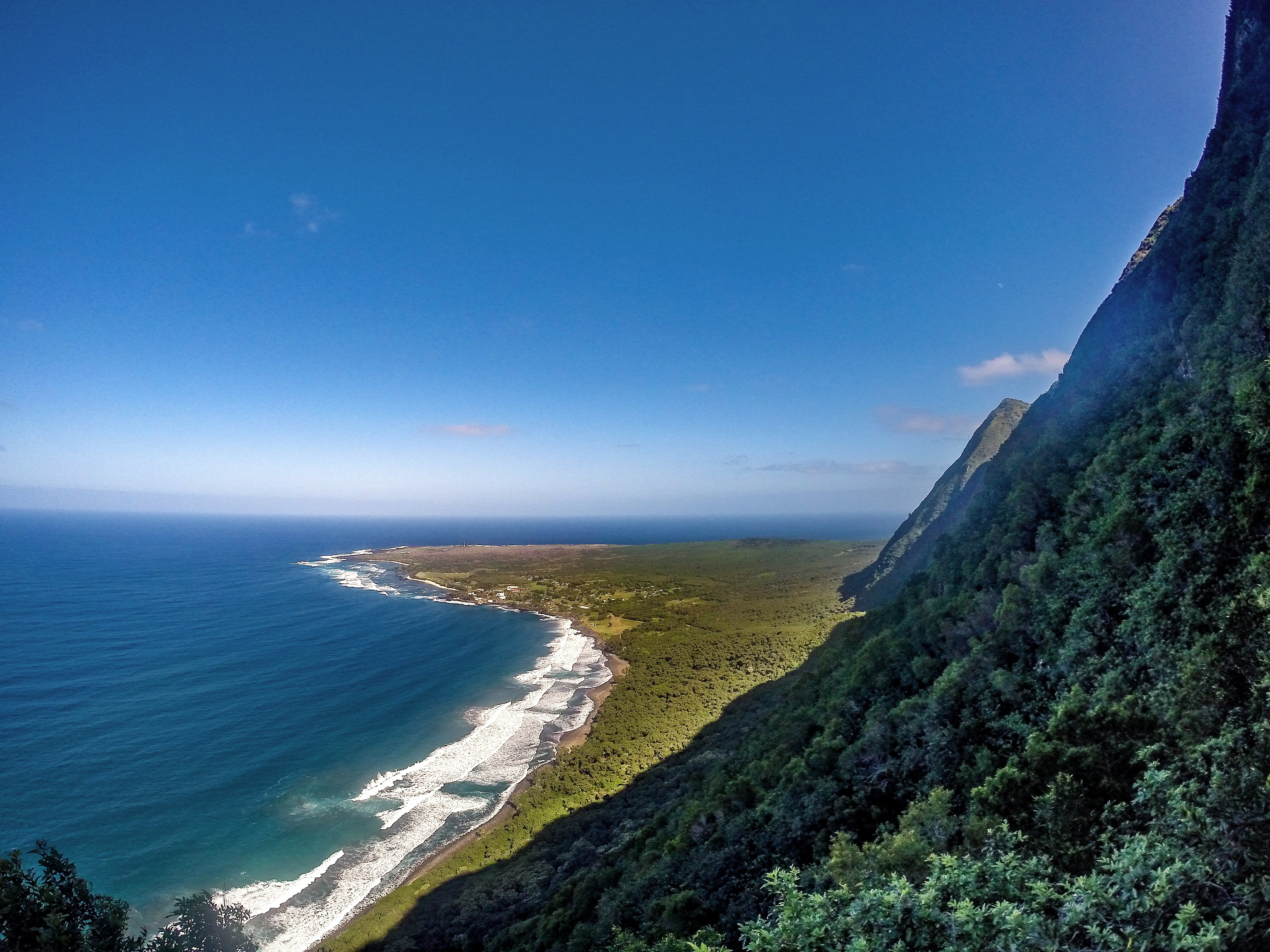
The Kalaupapa peninsula was once a prison for those inflicted with Hansen's disease. Approximately 8000 people were forced to live their lives in isolation here.
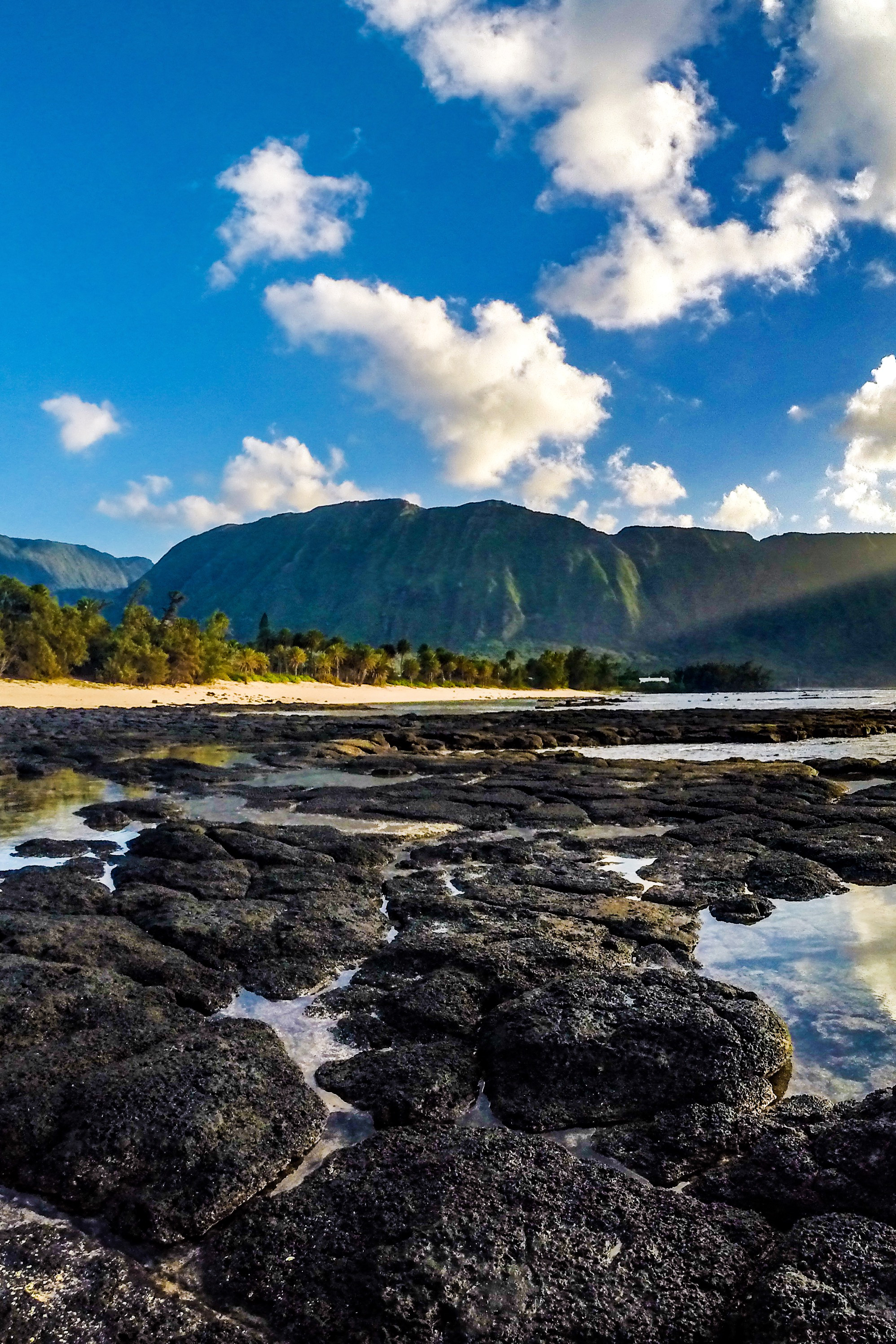
Kalaupapa National Historical Park contains some of the world's tallest sea cliffs, which formed a natural barrier to the Hansen's disease settlement.
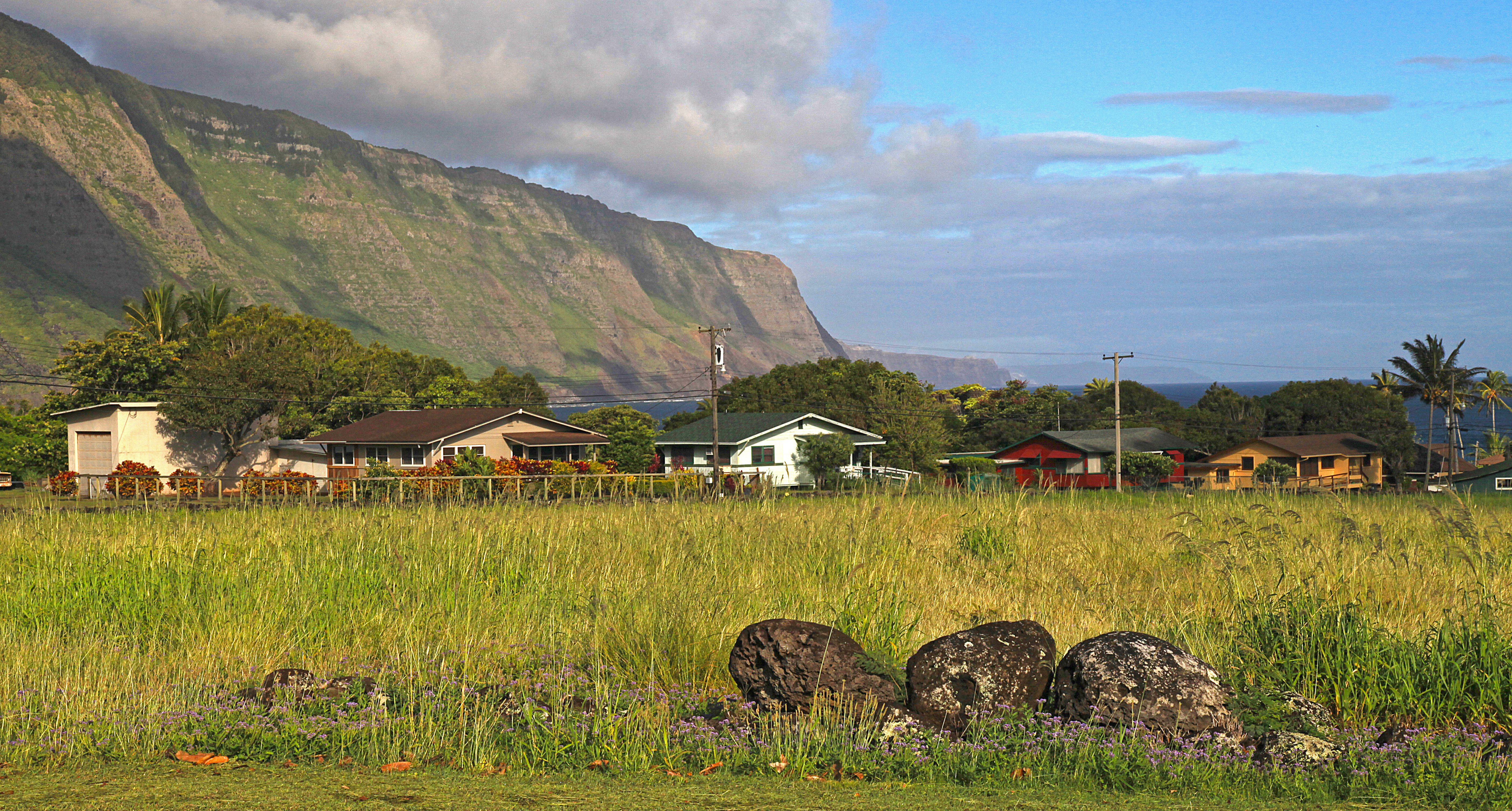
Patients lived in a combination of group homes and single family residences at Kalaupapa.
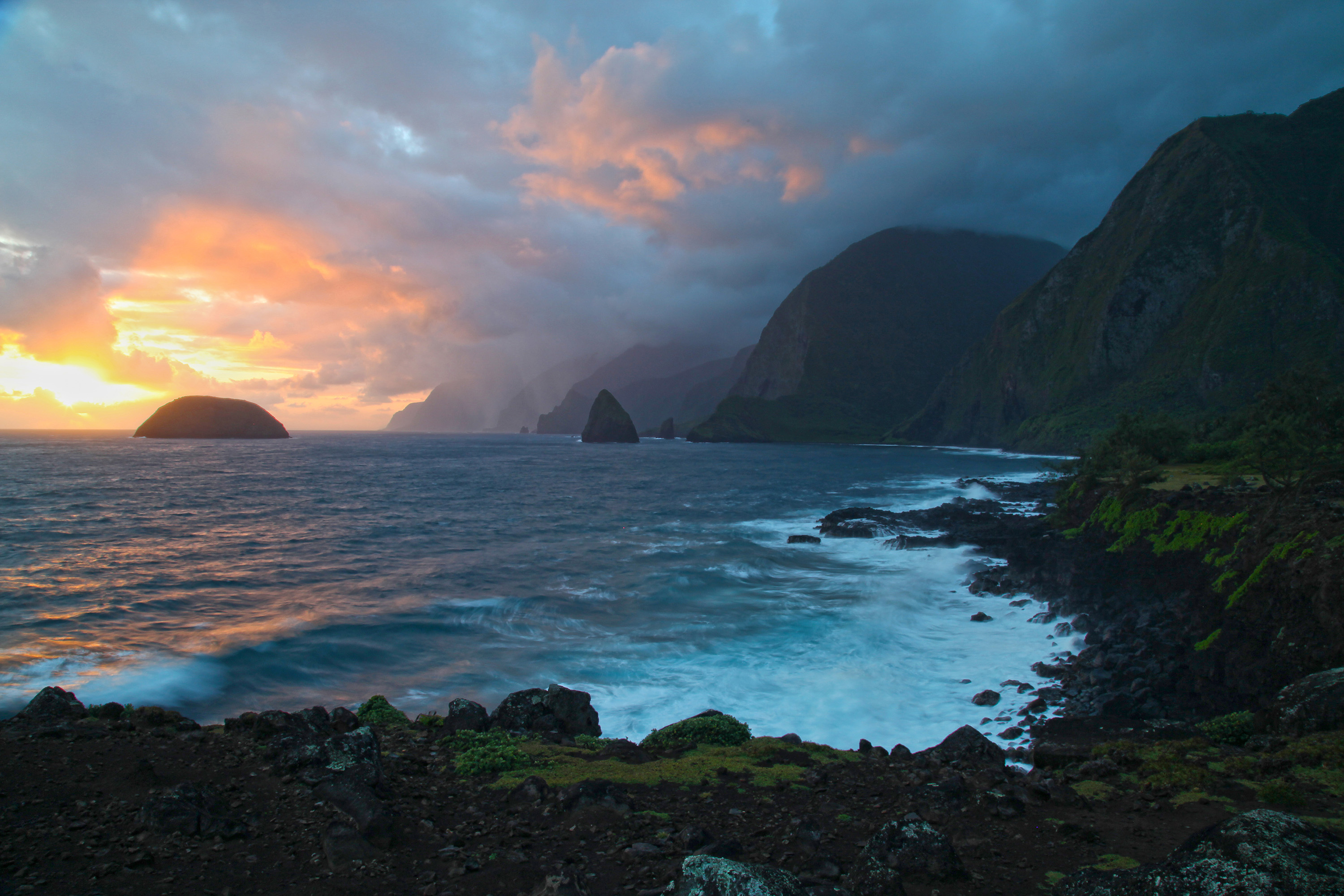
Kalawao with its rocky shoreline was the landing spot for the first Hansen's disease patients sent to Kalaupapa.
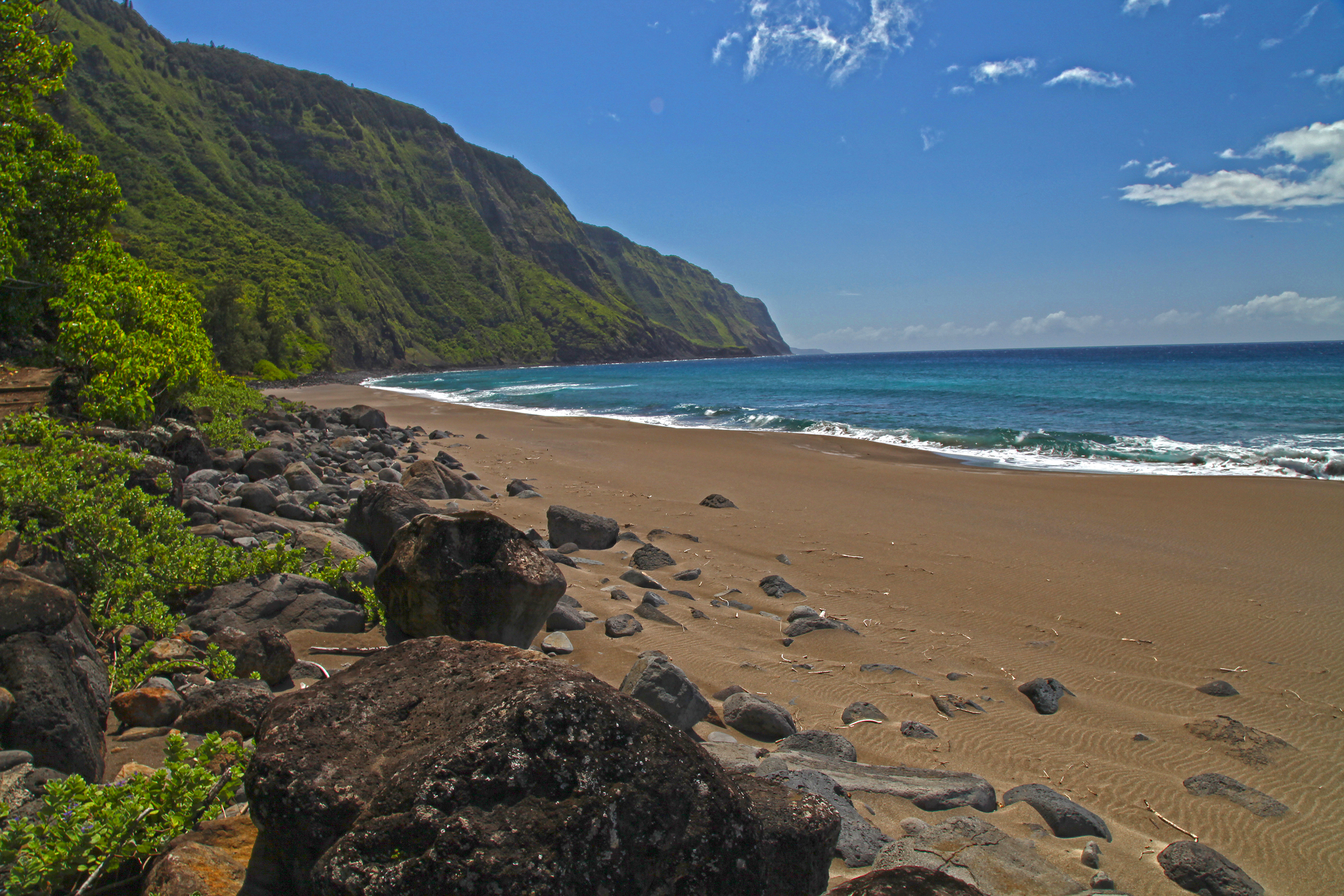
Black Sand Beach is one of several sandy beaches at Kalaupapa, most known for its sea turtle nesting habitat.
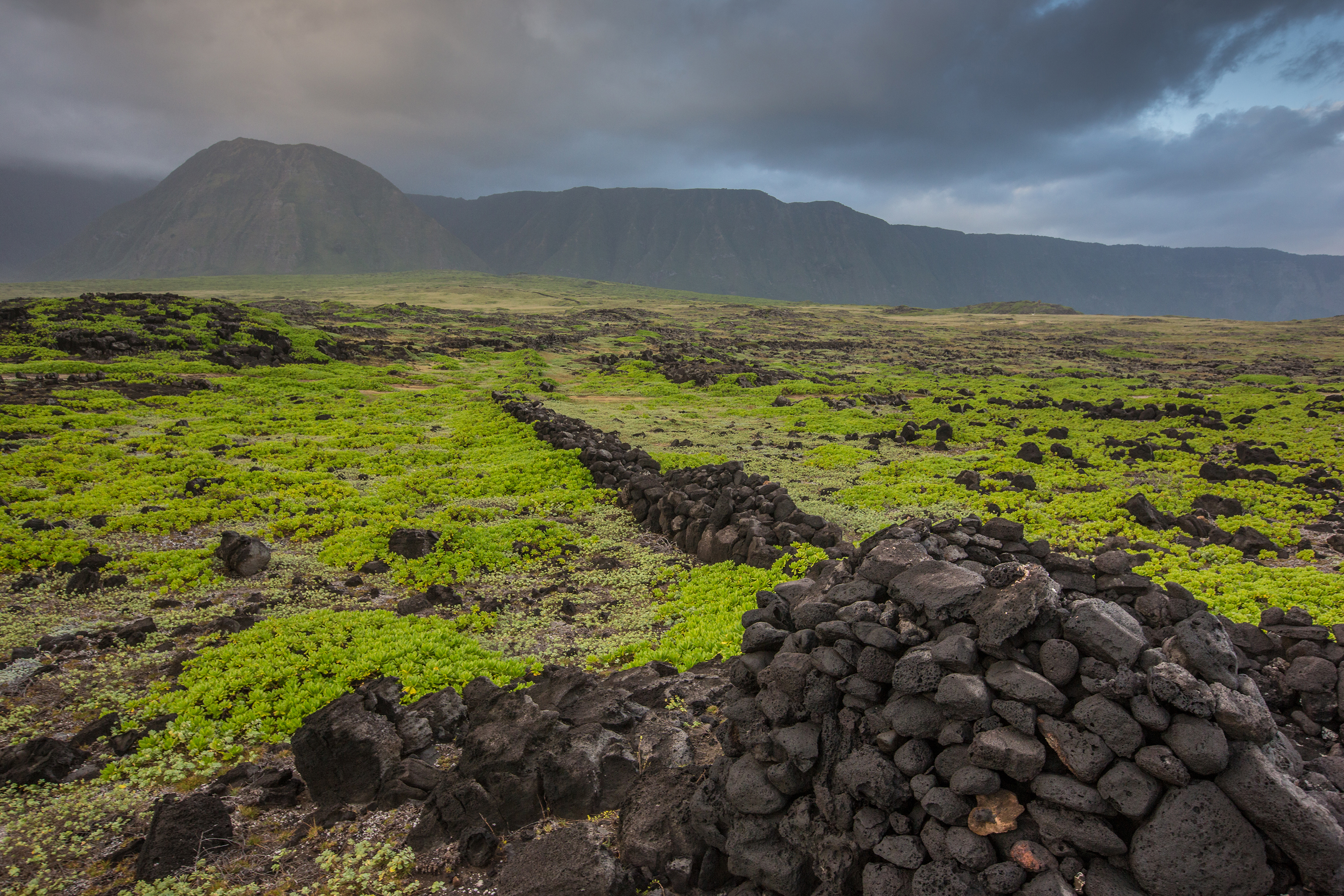
Kalaupapa is also home to one of the most well-preserved archeological complexes in all of Hawaii.
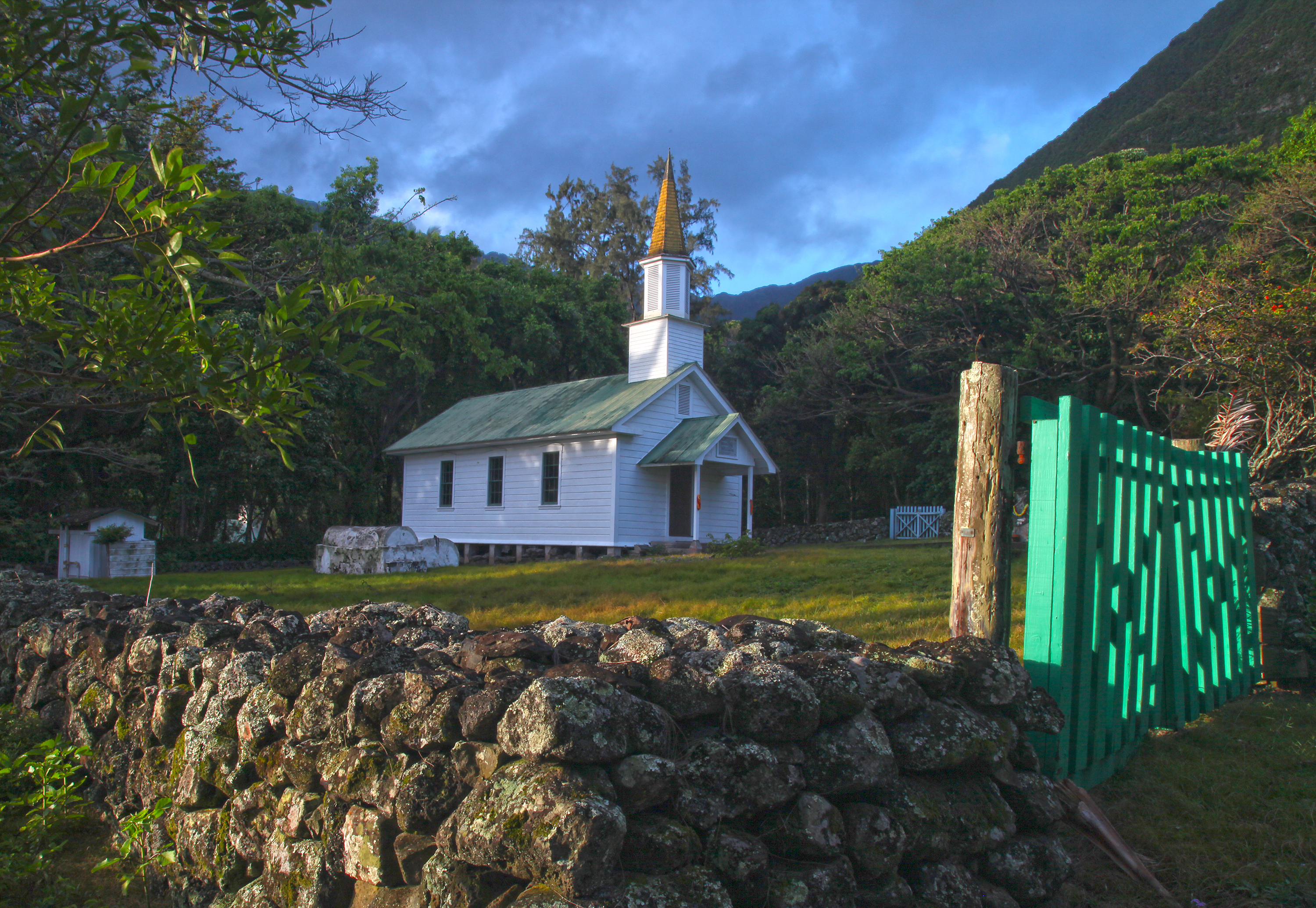
Siloama Church was the first church established at Kalawao in 1866. It is one of two remaining buildings at Kalawao today.
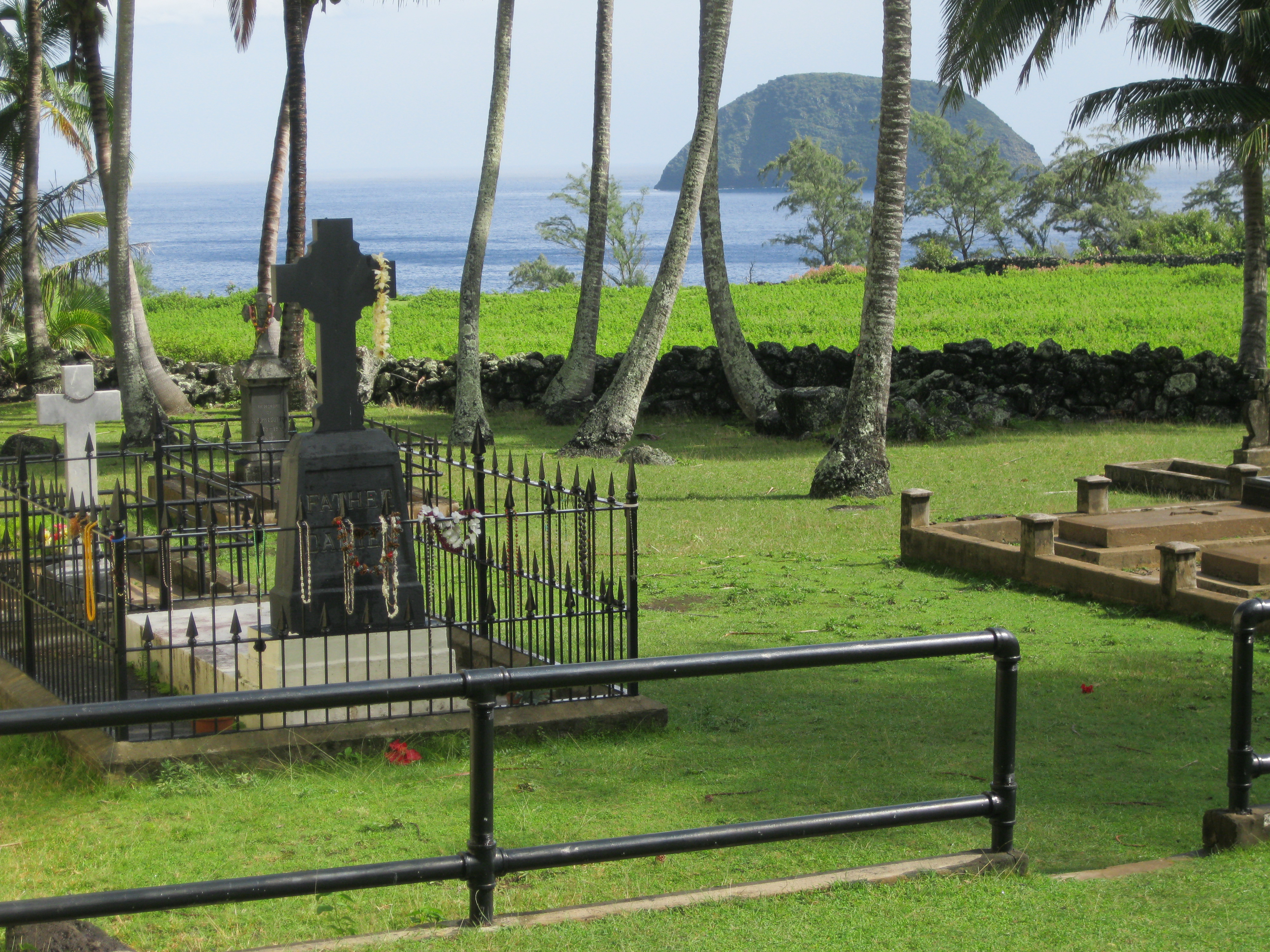
Saint Damien is one of two Catholic saints at Kalaupapa who came to serve the Hansen's disease patients in the late 19th century.
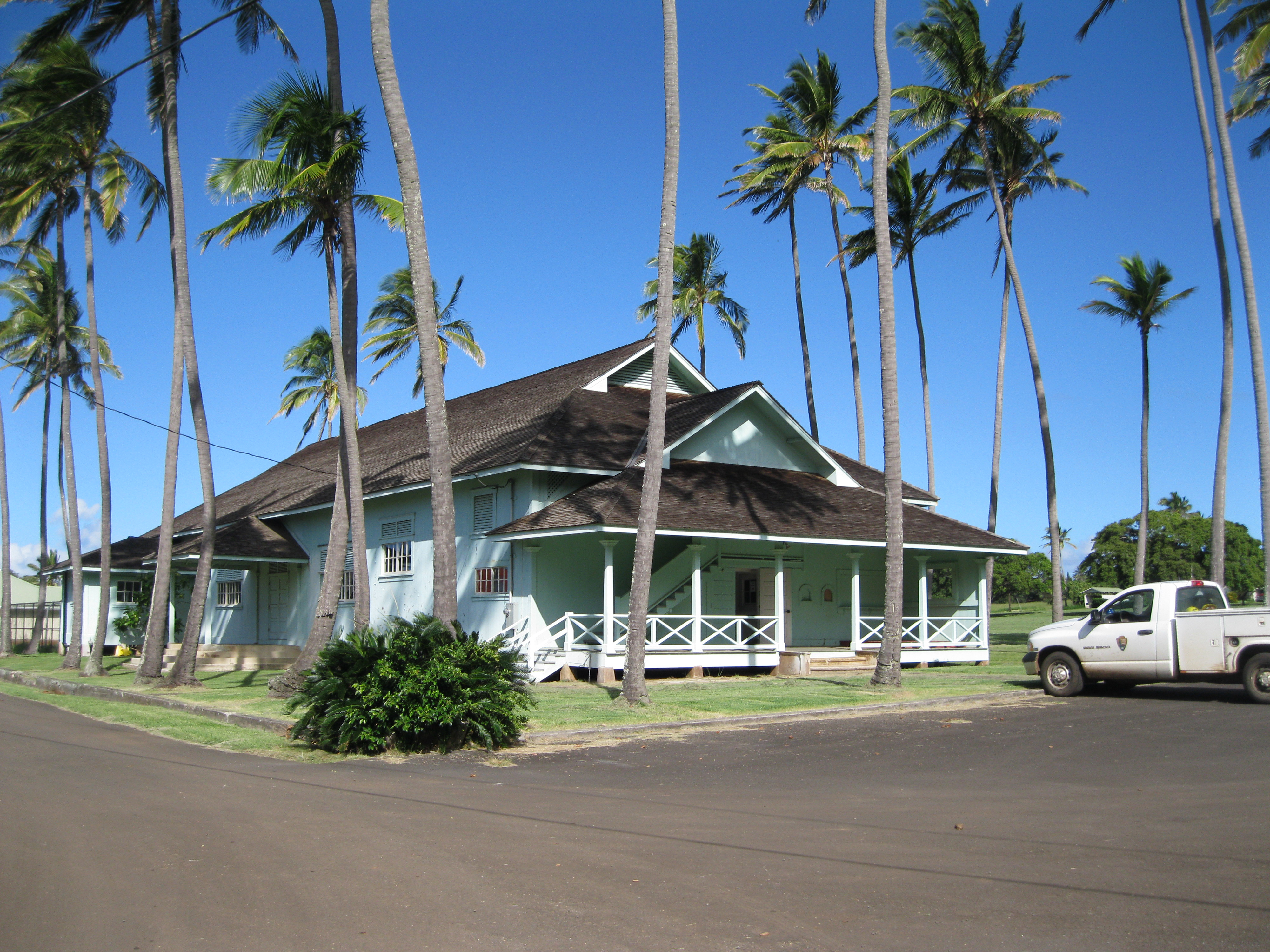
Paschoal Hall, also known as the Kalaupapa Social Hall, served as the community's recreational center with movies, entertainers, and dances.
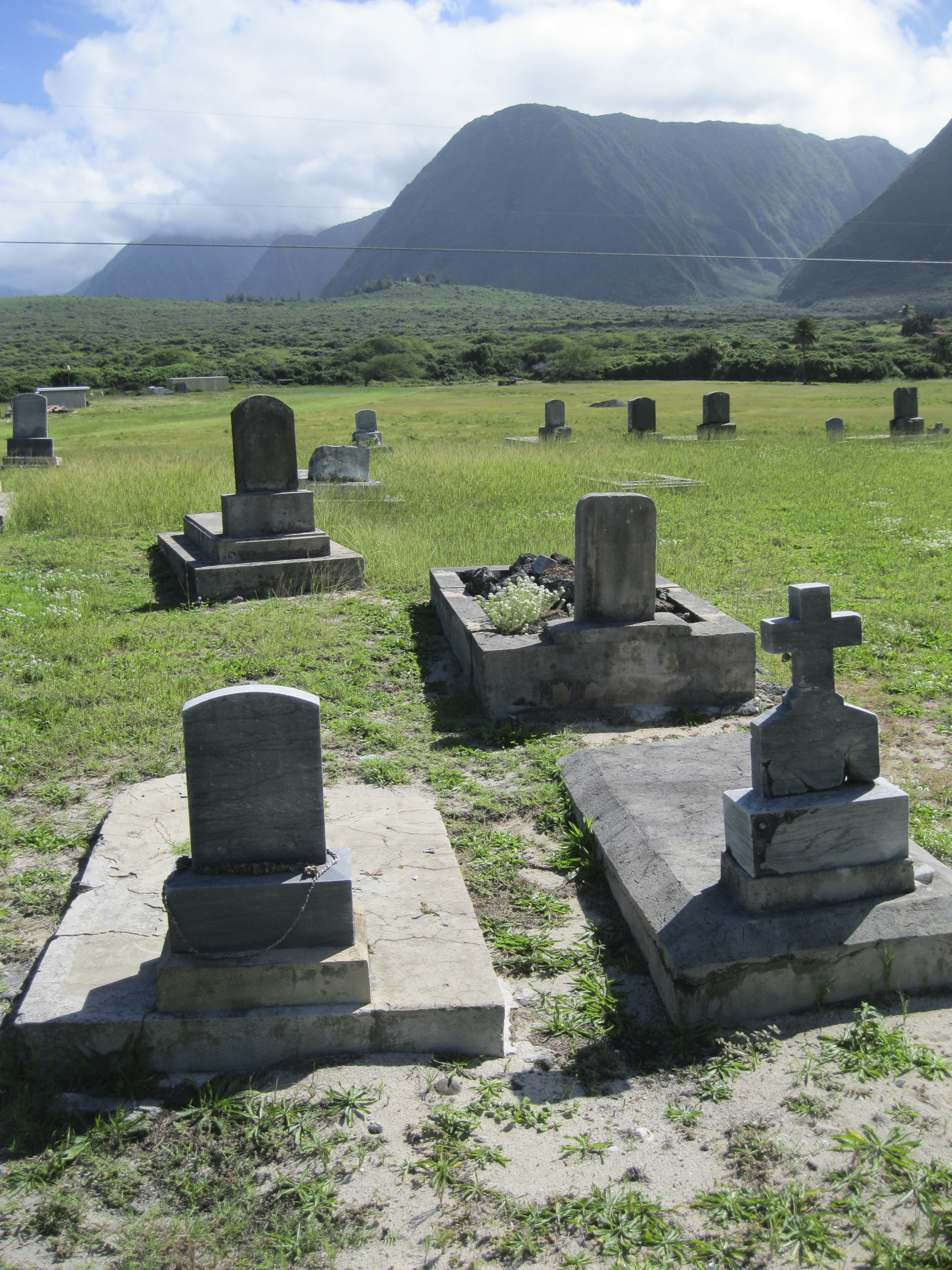
Kalaupapa is the final resting place for approximately 8000 people. Papaloa Cemetery is the largest cemetery located along the west shoreline of the peninsula.
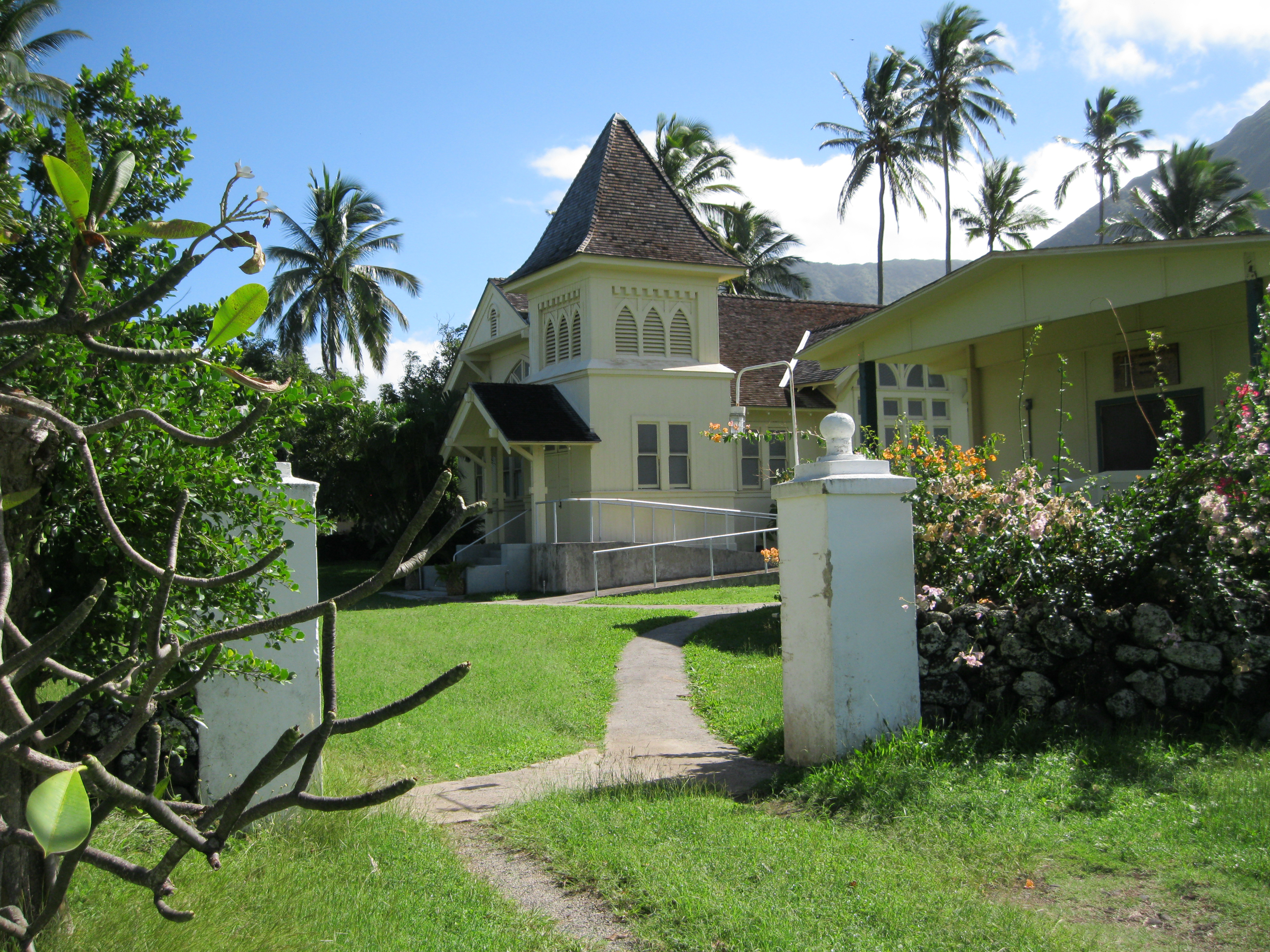
Religion was a prominent part of patients' lives at Kalaupapa. Protestant, Catholic, and Mormon churches were established at both Kalawao and Kalaupapa settlements.
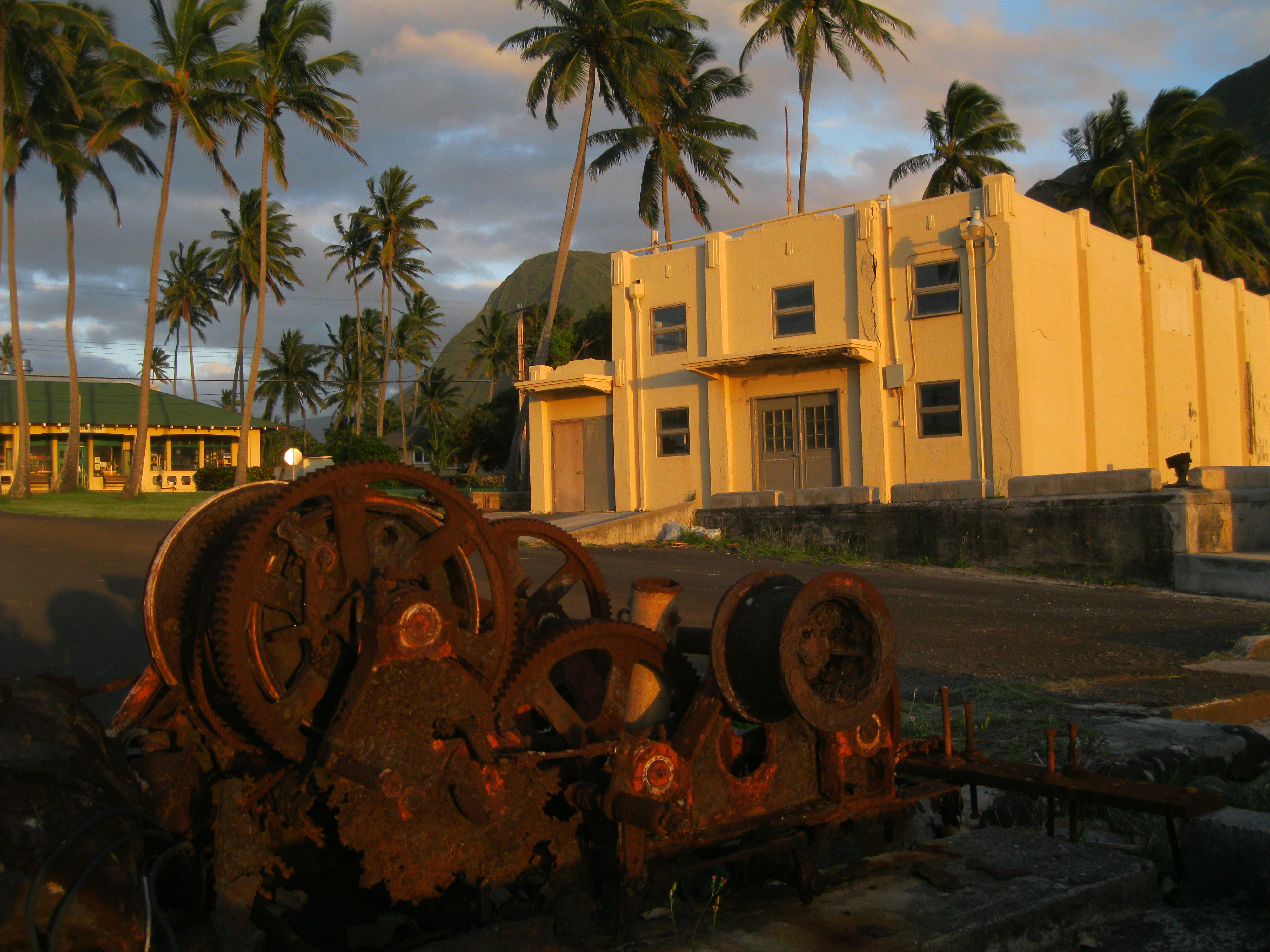
The Kalaupapa Pier, warehouse, and store were the lifeline of the settlement during the 20th century. Historically, shipments of goods and supplies were sent to Kalaupapa weekly.
Physical Address:
7 Puahi Street
Kalaupapa, HI 96742
Mailing Address:
P.O. Box 2222
7 Puahi Street
Kalaupapa, HI 96742
contact-details
Phone Number: 8085676802 Voice
Phone Number: 8085676729 Fax
Email Address: kala_superintendent@nps.gov
Description:
Fees
Entrance Fees
Entrance Passes
When Hansen's disease (leprosy) was introduced to the Hawaiian Islands, King Kamehameha V banished all afflicted to the isolated Kalaupapa Peninsula on the north shore of Molokai. Since 1866, more than 8,000 people, mostly Hawaiians, have died at Kalaupapa. Once a prison, Kalaupapa is now a refuge for the few remaining residents who are cured but were forced to live their lives in isolation.
park designation:National Historical Park
Directions:
Kalaupapa is an extremely isolated place, surrounded on three sides by ocean and two-thousand foot cliffs on the fourth. Consequently, there is no road access into the peninsula. Kalaupapa cannot be reached by automobile. To get to the park, visitors must travel by air or on foot. See the park's Direction and Transportation webpage for additional information.
For detailed directions, please visit this link.
Directions
Operating Hours:
Park Hours
Kalaupapa National Historical Park is home to an active community of people, including patient-residents and State and Federal employees. Because of this, there are no park opening or closing hours, though tours are only given during daylight hours. Visitation is restricted in accordance with Hawai'i State Law. All visitors must have a permit.
Weather Information:
Hawaii enjoys warm temperatures year-round, although site conditions at the park can vary depending on weather and time of year. The rainy season is in the winter with the more hot and humid days in the summer. Trade winds are fairly constant and typically blow from the northeast. Daytime temperatures range from 65–75° F in the winter to 80-90°F in the summer. Nighttime temperatures are often in the 60-70°F range.
Activities

Guided Tours

Living History

Museum Exhibits

Guided Tours

Living History
